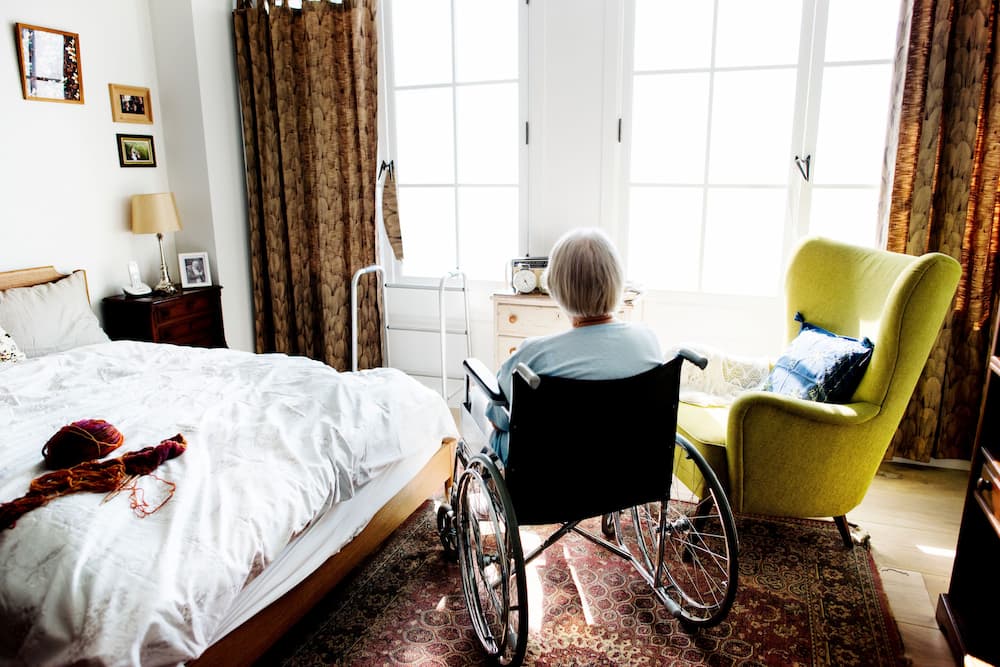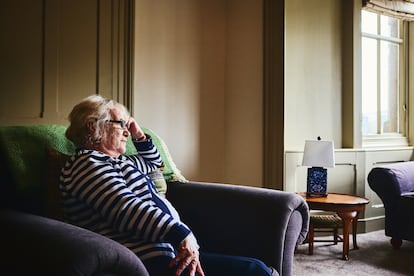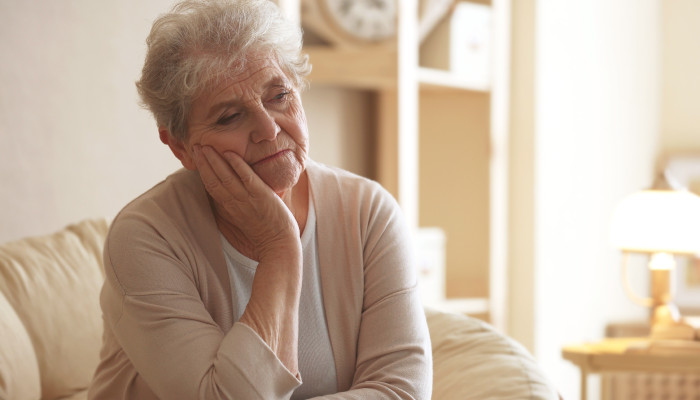Falls are a common concern, especially among older adults. It’s essential to implement stairs and fall prevention tips to create a safer home environment. By taking proactive measures, families can significantly reduce the risk of falls and ensure the safety of their loved ones.
Stairs are often a focal point when considering home safety. They can pose a significant risk if not properly maintained or equipped with safety features. In this article, we will explore various strategies and fall prevention tips to make your home a safer place, particularly concerning stairs.

The Impact of Falls
Falls are a leading cause of injury among older adults. The consequences can range from minor bruises to severe injuries like fractures or even head trauma. Understanding the impact of falls emphasizes the importance of taking necessary precautions to prevent them.
Statistics on Falls
According to the National Council on Aging, one in four Americans aged 65+ falls each year. These statistics highlight the need for effective fall prevention strategies in homes, especially those with elderly residents.
Assessing Your Home for Fall Hazards
Identifying potential fall hazards in your home is the first step in prevention. Begin by examining the layout and structure of your house, paying special attention to the stairs.
Common Fall Hazards
- Loose rugs or carpets
- Poor lighting
- Cluttered walkways
- Unstable furniture
Addressing these hazards can significantly reduce the risk of falls. For more detailed guidance, visit this guide on removing fall hazards at home.
Enhancing Stair Safety
Stairs require special attention when it comes to safety. Here are some practical tips to enhance stair safety in your home:
Install Handrails
Ensure that sturdy handrails are installed on both sides of the staircase. Handrails provide essential support and stability, making it easier to navigate the stairs.
Improve Lighting
Adequate lighting is crucial in preventing falls. Install bright lights at the top and bottom of the stairs to ensure visibility. Consider motion sensor lights for added convenience and safety. Learn more about smart home sensors.
Non-Slip Treads
Applying non-slip treads or adhesive strips to each step can prevent slipping. These are especially useful for wooden or tiled stairs.
Fall Prevention Strategies for the Elderly
Older adults are more vulnerable to falls due to factors like reduced mobility and balance issues. Implementing specific fall prevention strategies tailored to their needs is vital.
Regular Exercise
Encourage regular exercise to improve strength and balance. Activities such as walking, yoga, or tai chi can be beneficial in enhancing coordination and reducing fall risk.
Medical Check-Ups
Regular check-ups with healthcare providers can help identify any health issues that may increase fall risk. Vision checks and medication reviews are particularly important.
Creating a Fall-Resistant Home Environment
Beyond stairs, it’s crucial to create a fall-resistant environment throughout your home. Here are some tips:
Declutter Regularly
Keep walkways clear of clutter to prevent tripping hazards. Regularly tidy up to maintain a safe environment.
Use Assistive Devices
Consider installing grab bars in bathrooms and using mobility aids like walkers or canes for additional support.
Resources for Fall Prevention
For more information on fall prevention, visit the National Council on Aging. They offer a wealth of resources and guidance to help keep your loved ones safe.
Conclusion
Implementing stairs and fall prevention tips is essential for creating a safer home environment. By addressing potential hazards and enhancing safety measures, families can protect their loved ones from the dangers of falls. Remember, prevention is key to ensuring a secure and comfortable living space for everyone.

FAQs
Why are falls a significant concern among the elderly?
Falls can lead to severe injuries and loss of independence, particularly among older adults who may have existing health issues.
What are some simple ways to prevent falls at home?
Simple measures include removing clutter, improving lighting, and installing handrails and grab bars.
How can exercise help in fall prevention?
Exercise improves strength, balance, and coordination, reducing the risk of falls. Activities like yoga and tai chi are particularly beneficial.
This article contains affiliate links. We may earn a commission at no extra cost to you.






